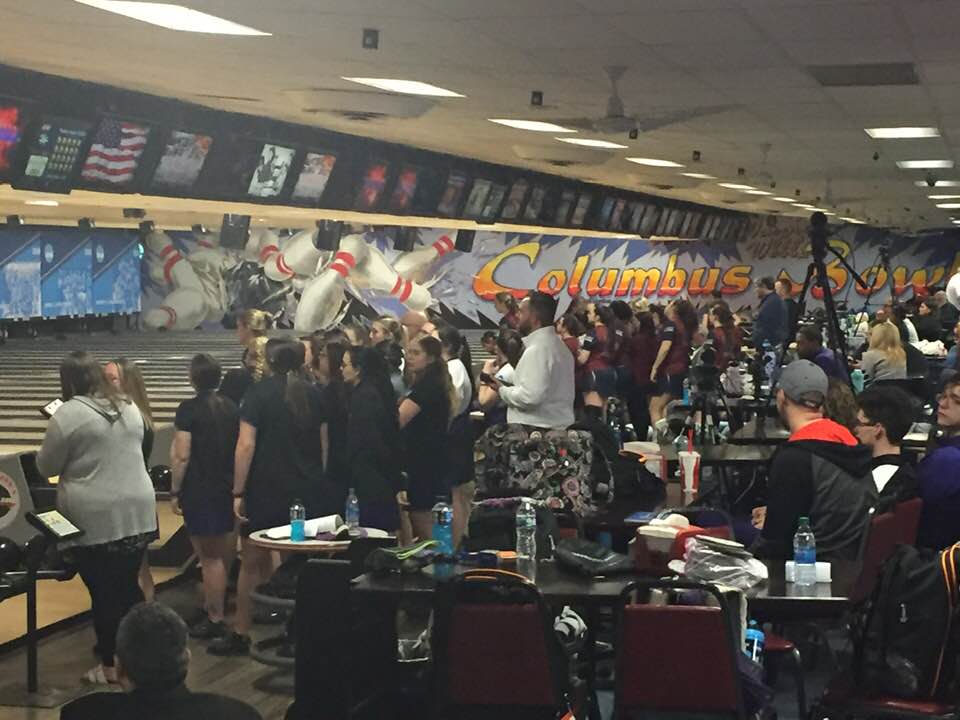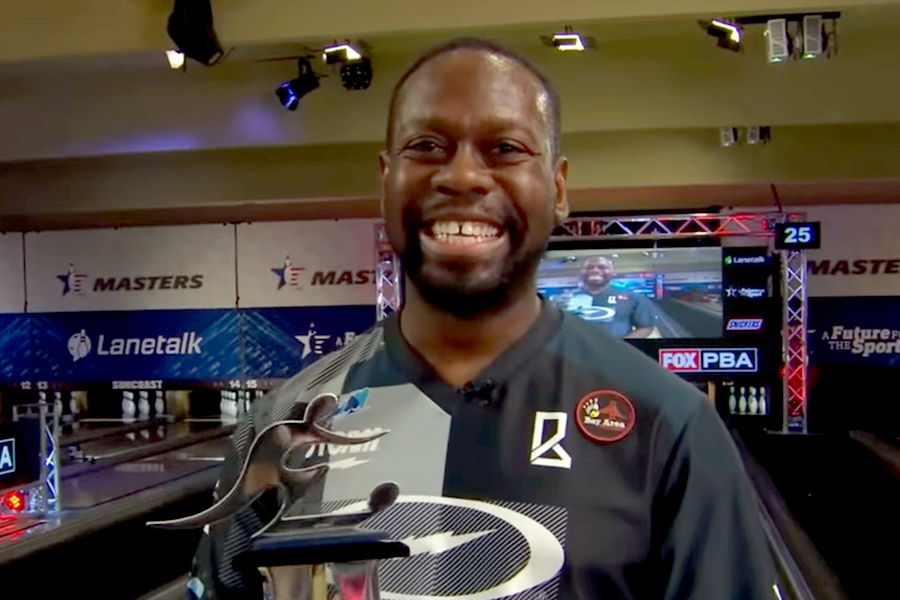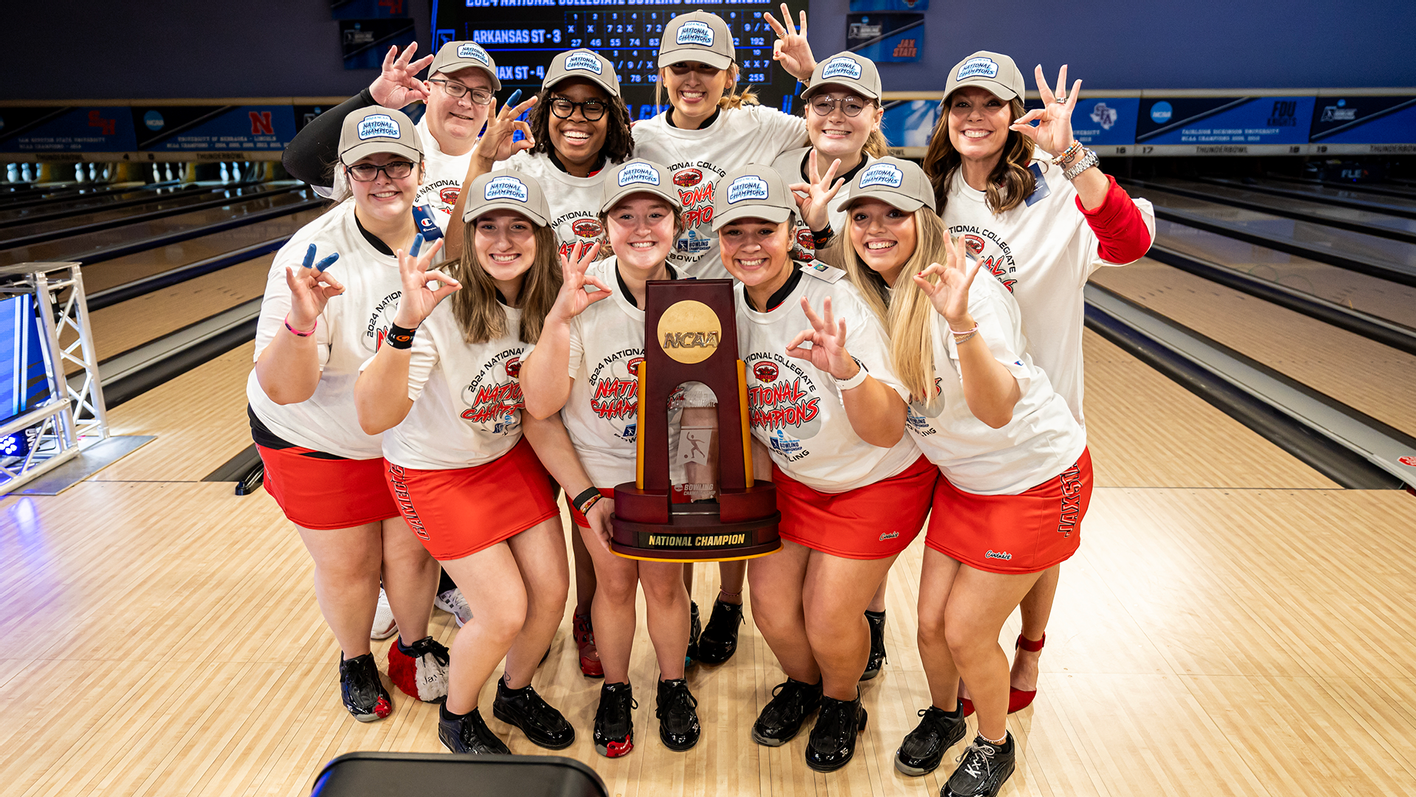There is no doubt that Collegiate athletics create a better future for the athletes who participate in them. For bowling, however, collegiate bowling has only just begun.
Bowling was first sanctioned by the NCAA in 2003, just 21 years ago. Before that, if a young person wanted to become a professional bowler there was only one way to hone their craft. That was to go straight from high school into professional bowling. If not that way, then they had to go to college, miss four or more years of elite competition, and then turn professional.
The legends worked hard to create a better future.
It is possible to be a success at professional bowling without going to college. The greatest bowlers of all time did it. One has to only look at PBA Hall Of Famer Norm Duke for proof of that. Duke won his first title at the age of 18 years and 345 days in North Holmstead Ohio. That does not seem like much hard work or sacrifice on the surface until you consider that it was another 8 years until Normy won his second title. Since then he has gone on to win 40 PBA titles and six PBA 50+ titles.
Those eight years were spent grinding on the tour. More tournaments where he did not get a check than when he did. He was not alone. There was Walter Ray Williams Jr., Brian Voss, Parker Bohn III, and many many others. All worked to make it on the tour.
The leg-up that the young bowlers have today.
Participating in college bowling allows bowlers to learn to navigate the many sports patterns that exist in the sport. These patterns range from very dry short patterns to very wet long patterns and everything in between.
Having a basic knowledge of what you will be facing on the tour is a huge leg up. There is also an understanding of life on the road with the many different bowling centers you will be bowling in and how the different types of lanes play.
Success in college translates into success on the tour.
I covered the NCAA National Championships at Wayne Webb’s Columbus Bowl in 2022 and watched some outstanding college bowling. One of the wonderful women I met that day was Hope Gramly who bowled for McKendree University. She is a very talented and wonderful young lady. Her achievements for her last year of college are 2022-23 NTCA Division II/III Player of the Year, 2022-23 NTCA Division II/III Central All-Region First Team, 2022-23 First Team All-GLVC, 2022-23 GLVC Player of the Year.
She has turned that success into a very promising professional career. Hope earned four top-10 finishes that included three step ladder finals appearances. She cashed eight times in 11 events and all of that earned her 2023 PWBA Rookie of the Year honors.
Some other great professional bowlers who have come from the college ranks are, Packy Hanrahan, Kyle Sherman, Brad Miller, and Darren Tang.

Universities with a great bowling tradition.
College bowling does more than help prepare the bowlers for the pro ranks. Some of the students obtain scholarships just like in other sports. So if they don’t want to continue into the professional ranks they get much-needed help with college expenses.
Picking a college is more about the educational experience than sports for sure. However, some great universities offer both. One of the top universities for bowling is Wichita State University. Since the first national tournament in 1975, the Shockers have won 20 national championships; 11 men’s titles and 9 women’s titles. (source)
Other great bowling universities are McKendree University, Stephen F. Austin, Vanderbilt, and Nebraska. All have won national championships in the last 10 years. When a team has a winning tradition like the ones above, the bowlers that come out of the program more than likely have a better chance of being successful on the professional tour.
NCAA Championships showcase the best college talent.
On April 5 the NCAA National Championships will be held in Detroit, Michigan. The four regional winners of qualifying will then advance to the Women’s Bowling Championships, April 12-13. The format will be a Five-person team match with baker total pinfall in a best-of-seven baker match play.

Brad is a Certified Webmaster with over 25 years of experience. He is the webmaster/writer/editor of On The Move with Sportzkelz.
He is a content creator and owns the Facebook page Big Rad Bowling, and the YouTube channel Big Rad Bowling
Brad has covered many top bowling events such as the NCAA Women’s Championships in Columbus, Ohio. He has also covered the PBA 50+ event at Wayne Webb’s Columbus Bowl, and the Mega event at HP Lanes in Columbus.
He is an accomplished senior bowler holding one Senior Singles League Championship. He is the current year average leader for the LBA Seniors singles league.



